#Chinese Architecture
Explore tagged Tumblr posts
Text




A 360-year-old Ming Dynasty courtyard in Shanghai renovated into a cafe/restaurant.
#china#🇨🇳#chinese heritage#chinese culture#chinese#shanghai#courtyards#Jiangsu + Shanghai#residences#chinese architecture#Ming Dynasty#Chinese courtyards#courtyard houses#Ming#chinese history#prc#sino#people’s republic of china#Shanghai China#jiangnan#east china#Eastern China#coastal China
569 notes
·
View notes
Text
In my mind.
I'm living my own dream.
All by myself.
My life is mine.
-Poem by NaomiW.-

Tianjing Pavilion, Lake Shi. Suzhou, China,
Photo by Jeff Deng
#art#architecture#history#pavillion#ming dynasty#china#lake shi#suzhou#tianjing pavilion#photography#nature#nature photography#chinese aesthetic#aesthetic photography#asia#A Full Moon & Blooming Flowers#garden#chinese garden#garden aesthetic#garden photography#chinese architecture#asian aesthetic#asian architecture#nature aesthetic#architecture photography#ancient china#chinese garden aesthetic#chinese history#chinese culture#chinese art
2K notes
·
View notes
Text









Old Chinese houses are an inexhaustible creative space in terms of wooden interiors. To me, something alike is associated with childhood memories of a countryside house in Zhejiang.
Photo: ©遗产君
#ancient china#chinese culture#chinese history#chinese architecture#ming dynasty#qing dynasty#old china#chinese customs#wooden architecture#wooden buildings#wooden interior#vintage interior#interiors#interior design#interior architecture#interior#interior decor#interior inspiration#woodworking#wood carving
2K notes
·
View notes
Text
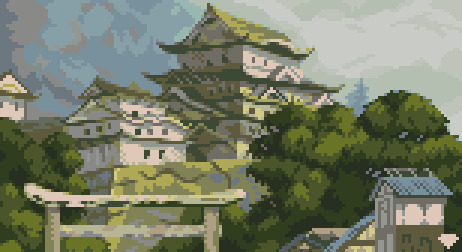
Himeji Castle
twitter ♦ prints ♦ tip jar
#pixel art#artists on tumblr#pixel#ancient wonders#pixelart#pixel aesthetics#8bit#pixel graphics#aseprite#pixel illustration#my art#civilization#ancient civilizations#sid meier's civilization#world wonder#china#chinese history#chinese architecture#medieval china
444 notes
·
View notes
Text
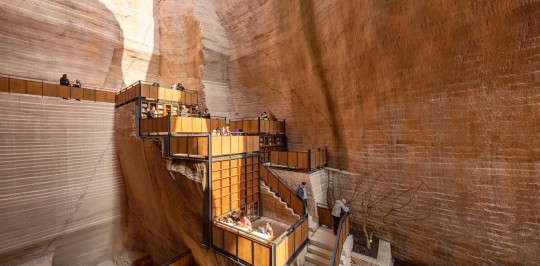
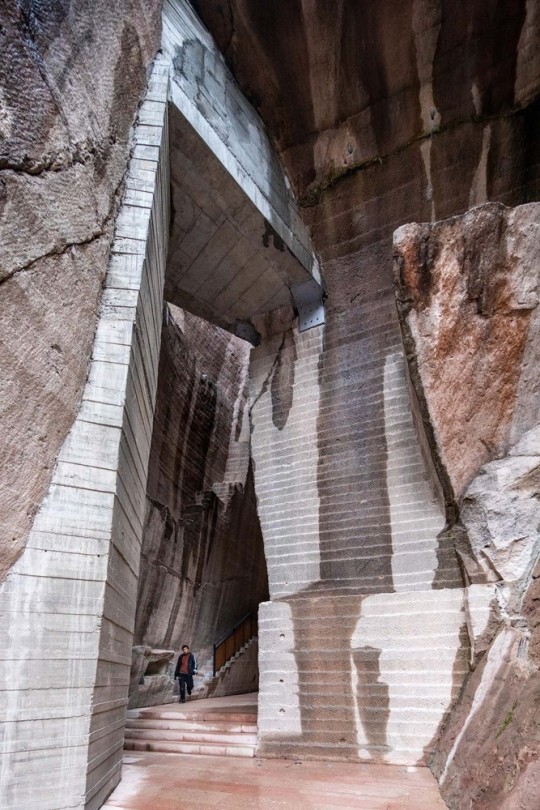
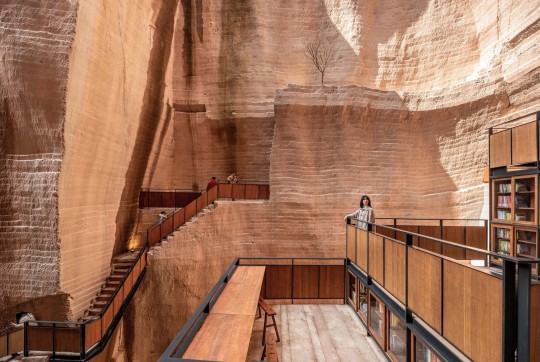
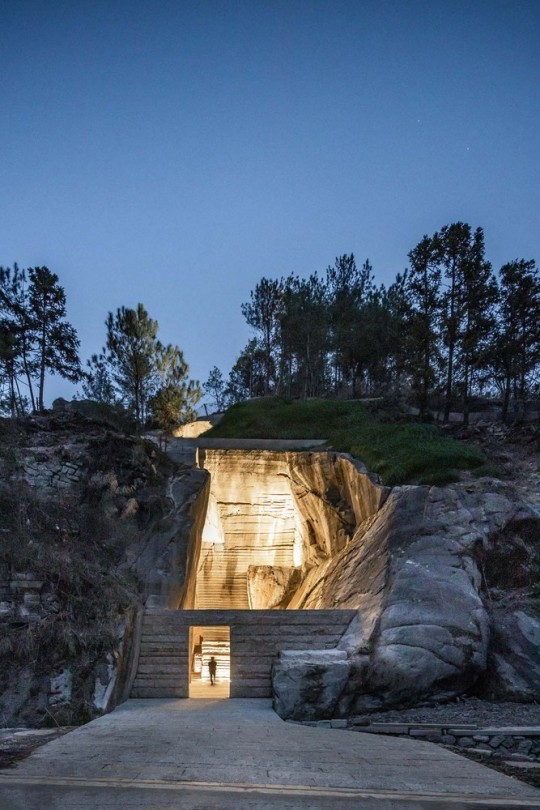
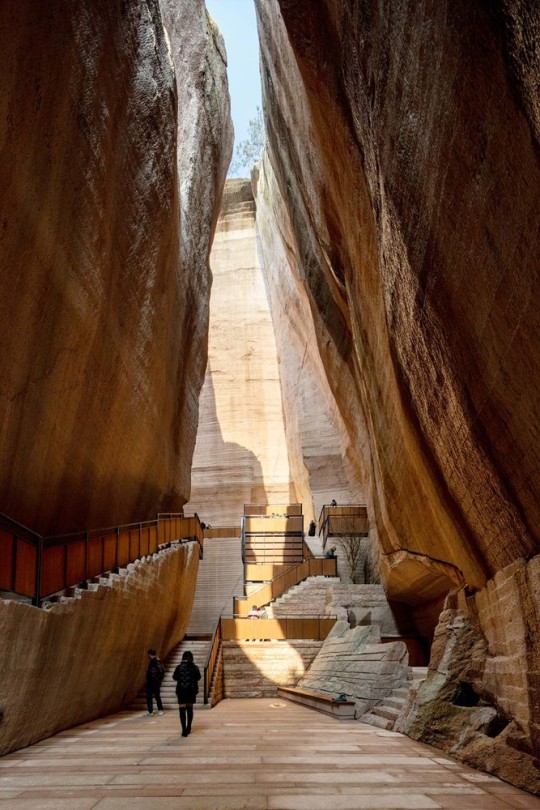
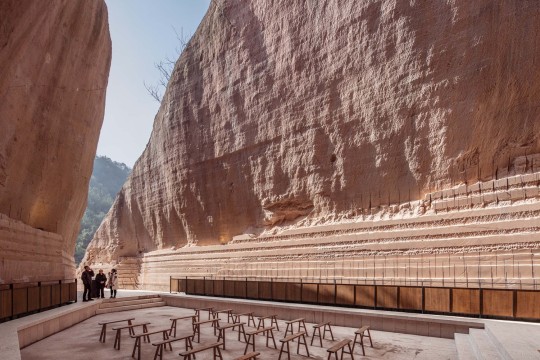
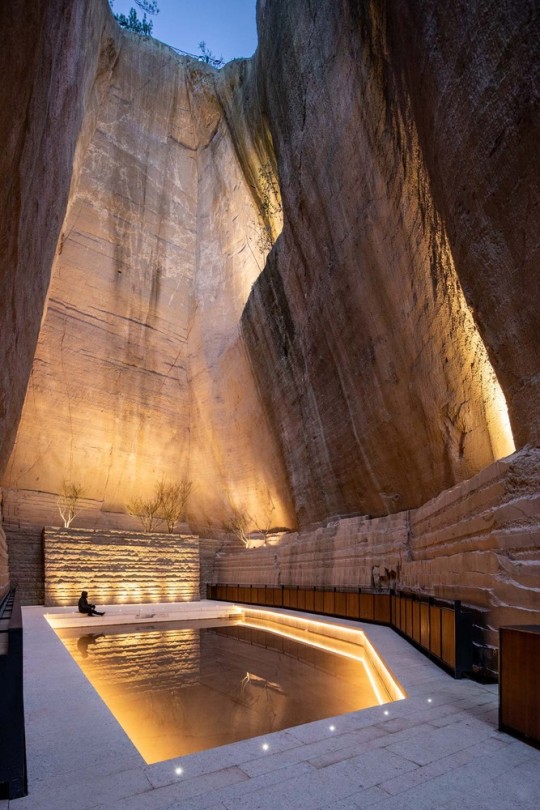
Quarry No. 8 & 9, Lishui, China - DnA
#DnA#architecture#design#building#modern architecture#minimal#modern#concrete#stone#stone building#stairs#quarry#adaptive reuse#inventive#amazing design#amazing places#landscape#tall#light#library#book shelves#books#reading spot#china#theatre#cultural#chinese architecture#design blog
189 notes
·
View notes
Photo
peace and tranquility




Chinese garden. Mingcat
#photography#nature#nature photography#china#chinese aesthetic#aesthetic photography#asia#A Full Moon & Blooming Flowers#moodboard#garden#architecture#chinese garden#bamboo#garden aesthetic#garden photography#chinese architecture#asian aesthetic#asian architecture#nature aesthetic#chinese#architecture photography#chinese moodboard#asian moodboard#ancient china#ancient chinese architecture#chinese garden aesthetic#chinese history#chinese culture#chinese art#art
214 notes
·
View notes
Text

Evening Glow in the East
Sun and Moon Pagodas in Guilin, China
#photographers on tumblr#original photographers#chinese architecture#pagoda#nightphotography#seascape#seascape photography#nightlights#architecture#historic architecture#longexposure#longexposurephotography#peaceful#scenic#guilin#china
174 notes
·
View notes
Text

#a e s t h e t i c#green aesthetic#china#chinese architecture#japan travel#japanese art#japan aesthetic#feudal japan#japan#landscape#architecture#art#trees and forests#tree aesthetic#aesthetics#moody aesthetic#kyoto#osaka
414 notes
·
View notes
Text


By obsidianphotog
(LA Miller)
#photographers on tumblr#nature#obsidian photography#nature photography#photography#outdoors#oregon#landscape photography#chinese architecture
114 notes
·
View notes
Text

Shanghai, China
https://whatyoulookingatnow.blogspot.com/2025/04/shanghai-china.html
#shanghai china#china#shanghai#sculpture#pond#architecture#chinese architecture#chinese history#chinese culture#world history#big cities#city photography#travel destinations#travel photography#toya's tales#toyastales#toyas tales#style#spring#april#photograph#photography#photo
55 notes
·
View notes
Text





Wuzhen 乌镇 is a historic town located in the north of Zhejiang Province, China. It was first built in the 7th century during the Tang dynasty, and is characterized by its Jiangnan (region in eastern China) style architecture.
It lies within the triangle formed by Hangzhou, Suzhou and Shanghai. It has a total population of 60,000.
Wuzhen has been the permanent host place of the annual World Internet Conference, an international Internet conference held in China, since 2014.



#china#🇨🇳#chinese heritage#chinese culture#chinese#people’s republic of china#prc#chinese architecture#chinese history#sino#Jiangnan#east china#Eastern China#historic towns#chinese historic towns#Chinese historic cities#historic cities#Jiangnan architecture#jiangnan Culture#Zhejiang#Zhejiang province#wuzhen#traditional#traditional architecture#Traditional Chinese culture#River houses#canals
734 notes
·
View notes
Text

Shaxi, 2019
#original photographers#photographers on tumblr#travel#china#yunnan#street photography#ancient architecture#chinese architecture#urban landscape#streetphoto color#alley
62 notes
·
View notes
Photo










chinese garden in winter by ATM
2K notes
·
View notes
Text






Abandoned Ming dynasty rural graveyard, Zhejiang.
Photo: © Aier闽
#ancient china#chinese culture#chinese architecture#ming dynasty#graveyard#cemetery#grave#gravestone#ancient tomb#tomb art#old cemetery#landscape#scenery#old china#chinese customs#chinese folk religion
406 notes
·
View notes
Text

Porcelain Tower
#pixel art#artists on tumblr#pixel#pixelart#pixel aesthetics#8bit#pixel graphics#aseprite#pixel illustration#my art#ancient civilizations#ancient history#ancient wonders#sid meier's civilization#world wonder#chinese architecture#chinese history#porcelain tower
190 notes
·
View notes
Text







Pavilion ∞, Hangzhou, China - Atelier Lai
#Atelier Lai#architecture#design#building#modern architecture#interiors#minimal#modern#concrete#contemporary architecture#timber#wood#timber frame#structure#curved#ceiling#roof#cool architecture#glass#beautiful design#pavilion#public space#cafe#bar#seating#views#china#chinese architecture#design blog#interior design
173 notes
·
View notes